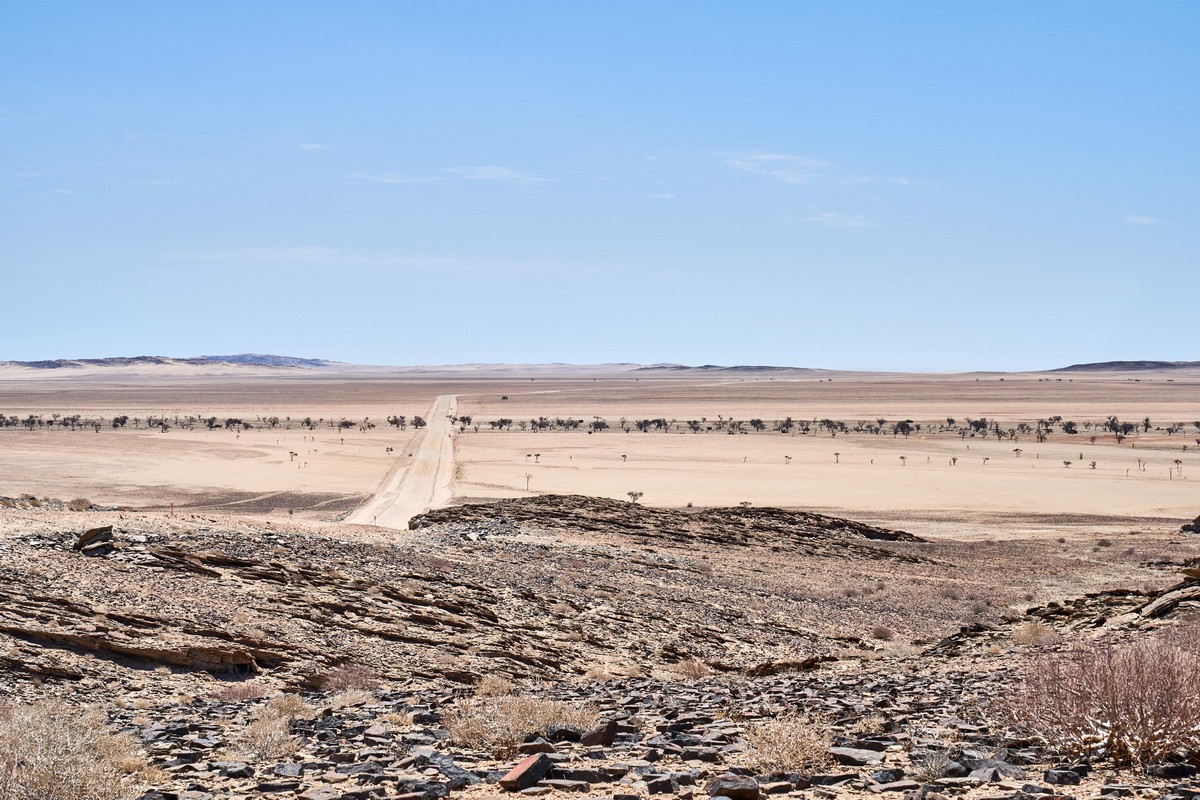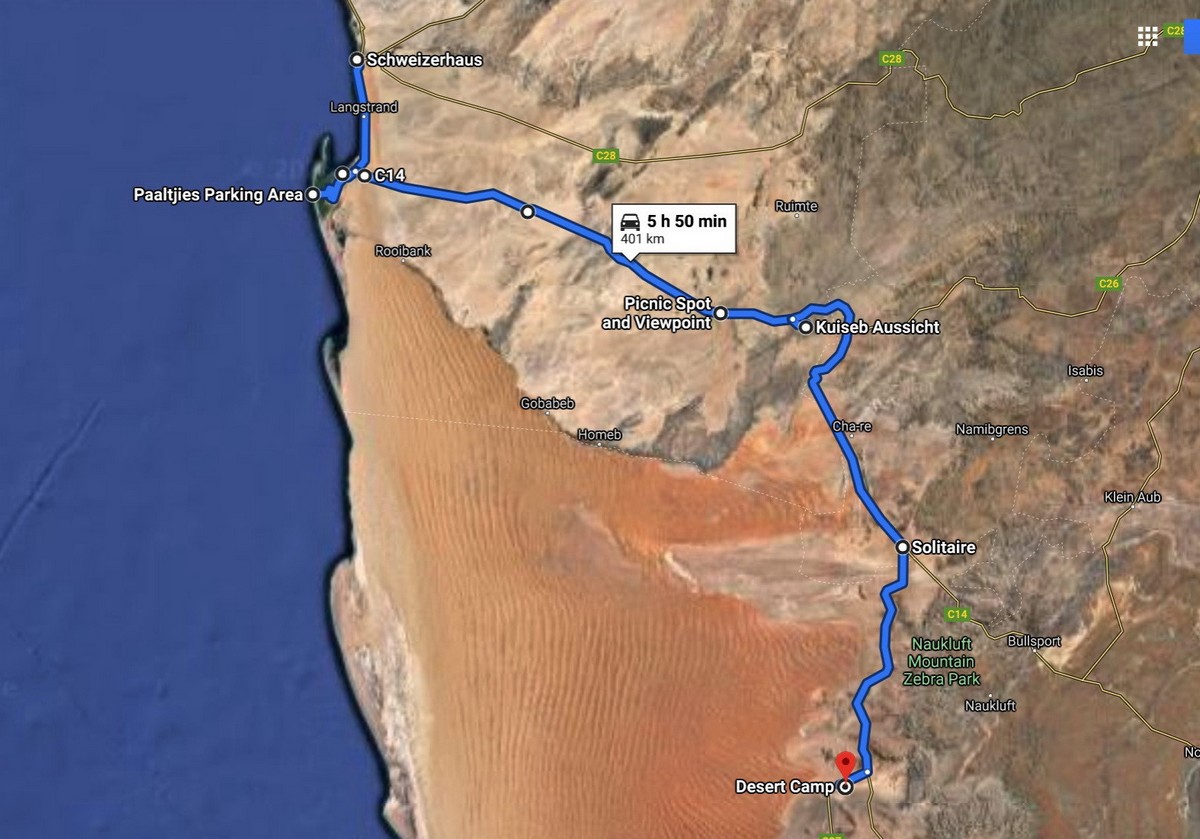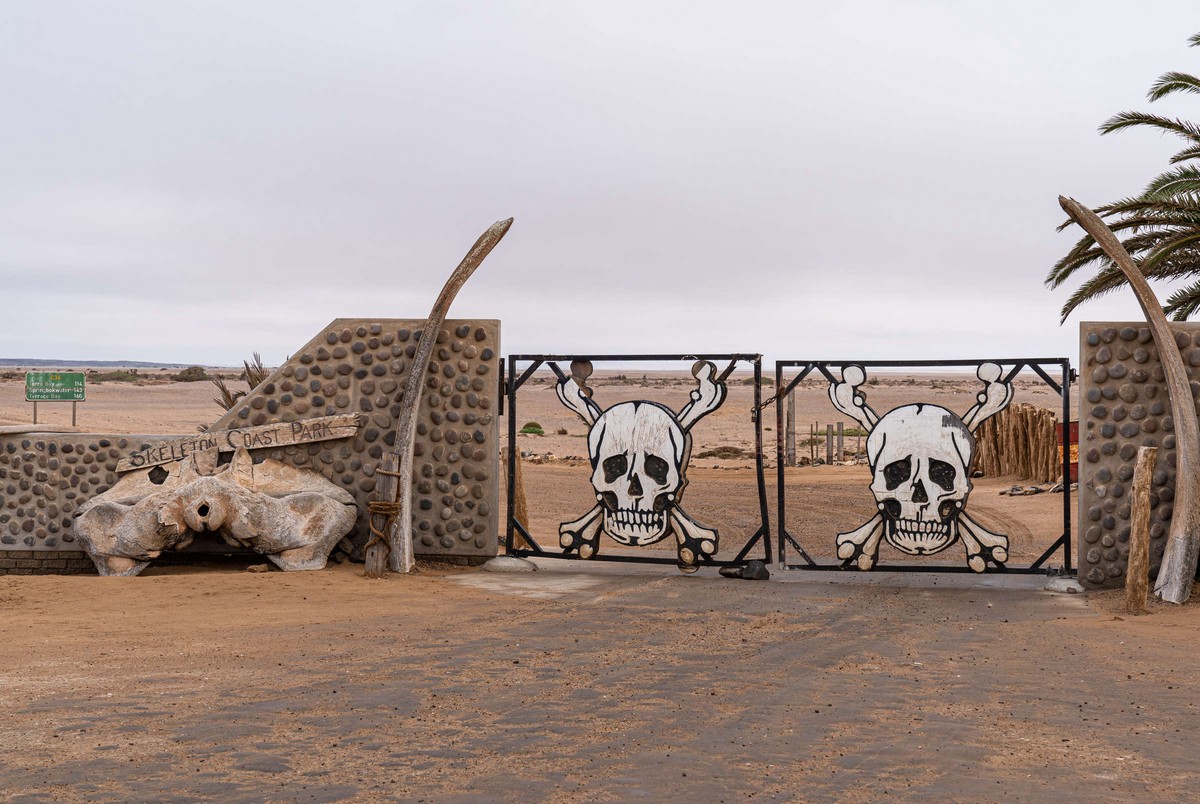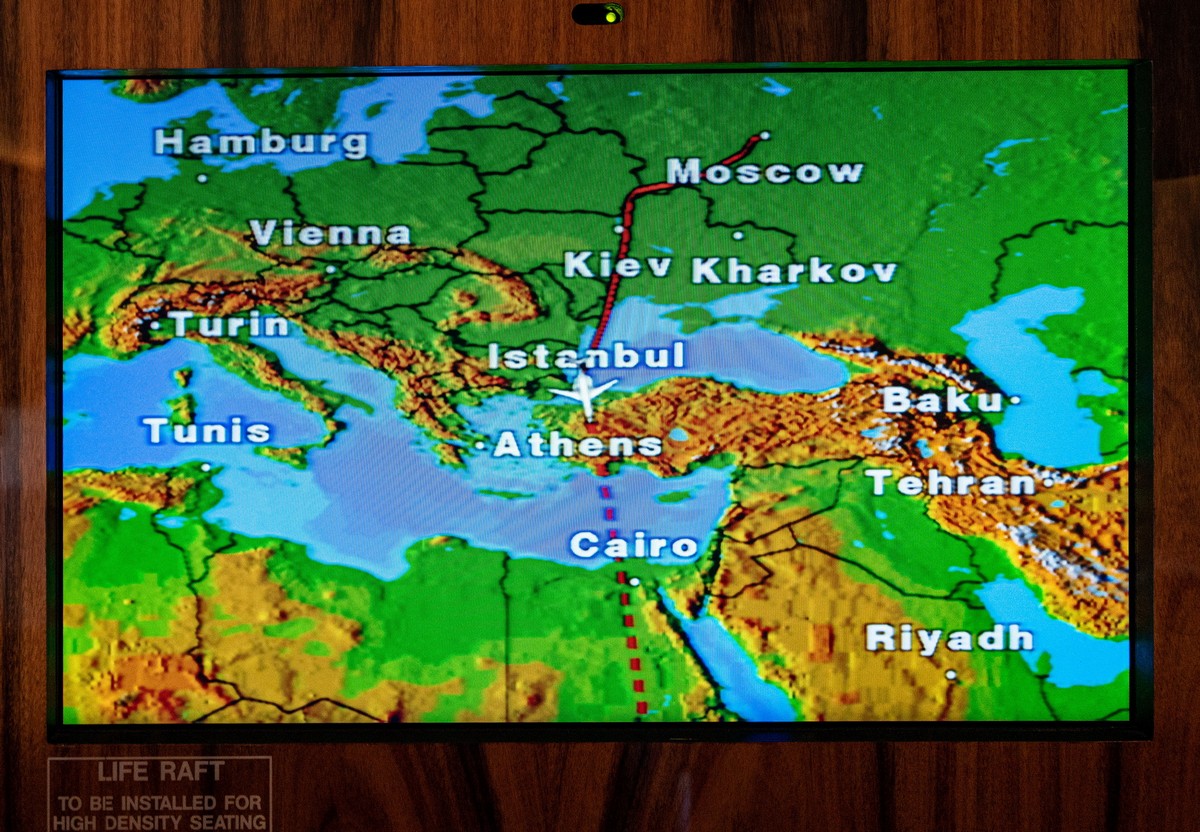All righty. Finally, let me get this African series fully underway. On today’s menu, my initial impressions of Namibia, particularly – its roads and the scenery viewed therefrom, plus its sandy beaches, and whatever else I’ll be reminded of as I sort through my many photos…
Now, for various historical reasons, it turns out that Africa is my least-traveled-to continent. Out of the 50+ countries I’ve visted, only 10 have been African (not including the Seychelles or Mauritius in the Indian Ocean, which technically are also African). What’s more, only four of those were business trips (with a spot of tourism on some); the rest were visited exclusively for a vacation.
My impressions of the African continent tend to coincide with those of the majority – especially as concerns the Sub-Sahara: poor, and in some places – unsafe. Astonishing nature and wildlife, but with poorly-developed governments. But when in May of last year (2019) I visited Rwanda, my impressions started to change. // Have a read of that link – it truly is an extraordinary, curious place. Rwanda is sometimes called the ‘African Switzerland’. It’s a most atypical country for this continent.
I’d heard a few things about Namibia before: about it’s natural beauty, and its, too, being something a bit special for Africa – a cut above its neighbors somehow. Well, having now been there myself, I can confirm this to be true. Namibia isn’t Africa as we tend to know it. At first, it felt like we were in Australia! The bluest sky, endless expanses, excellent roads, pretty houses and neatly mowed lawns. For example, as you drive through the Namibian coastal city of Swakopmund, it feels like you’re in a provincial Australian town/city like Katoomba or Warrnambool.
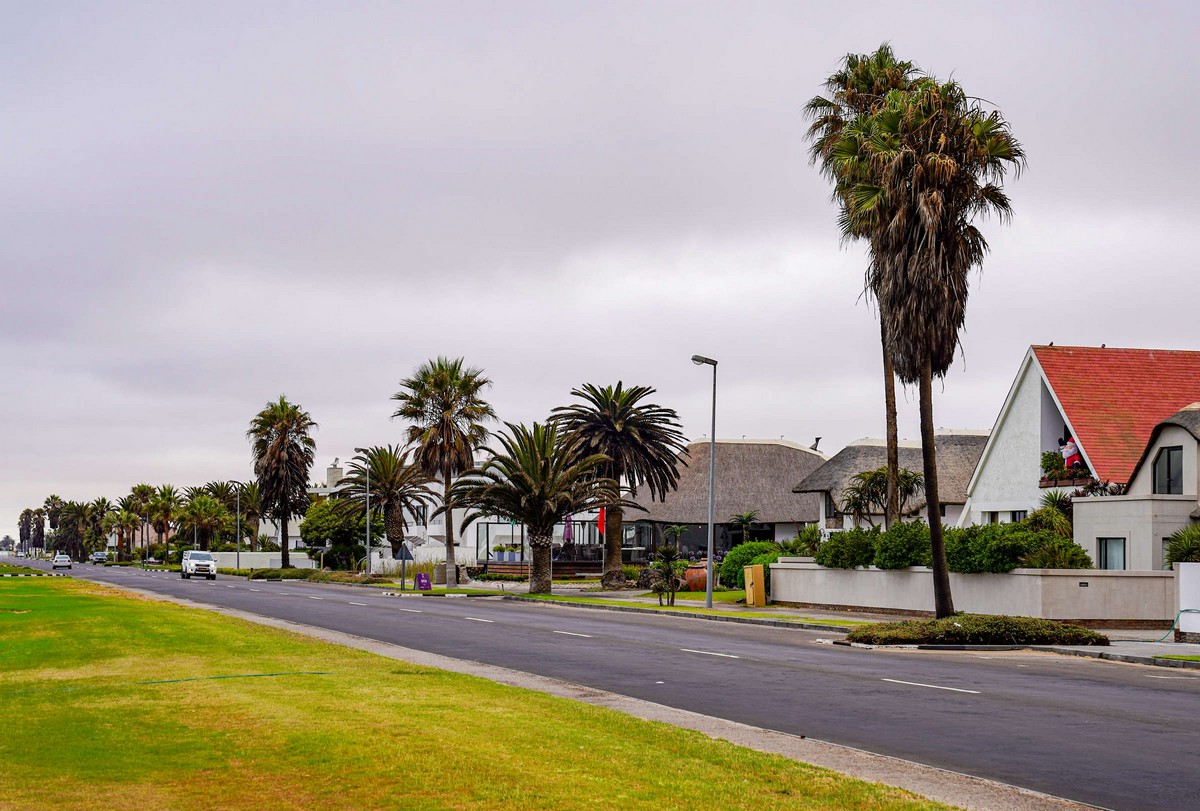
Read on…




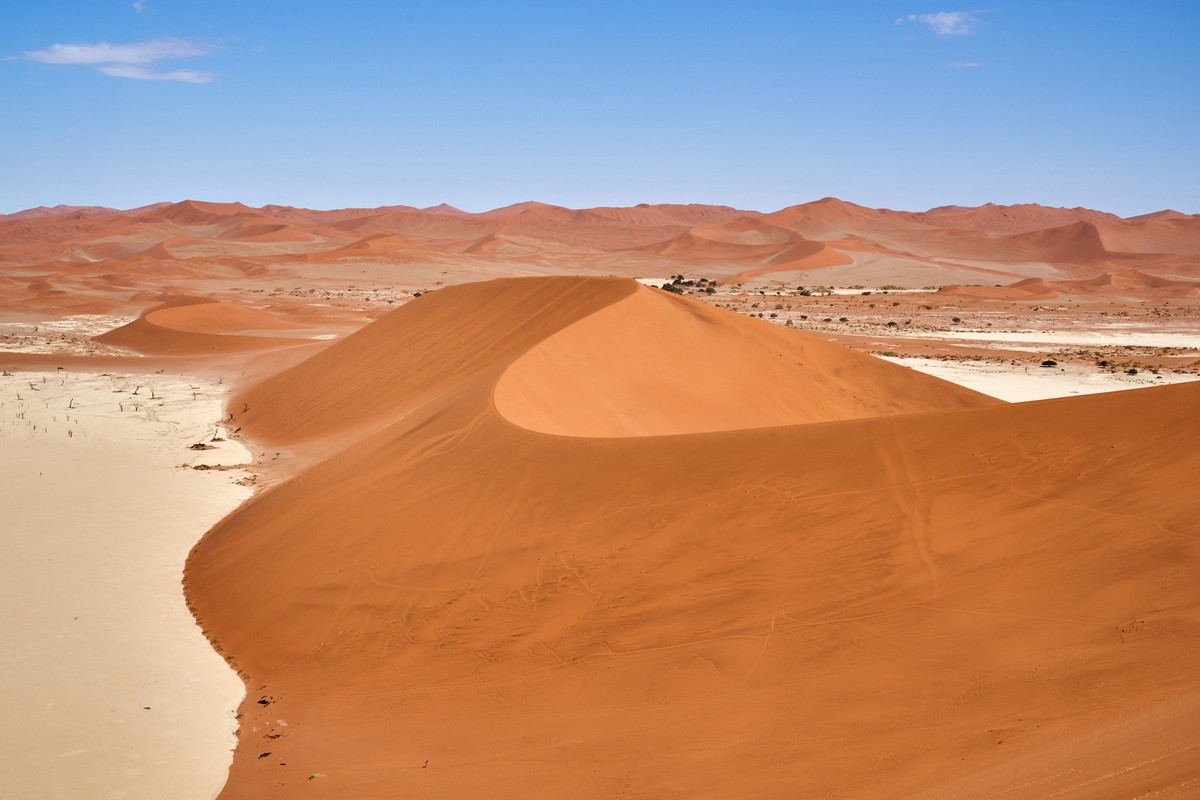
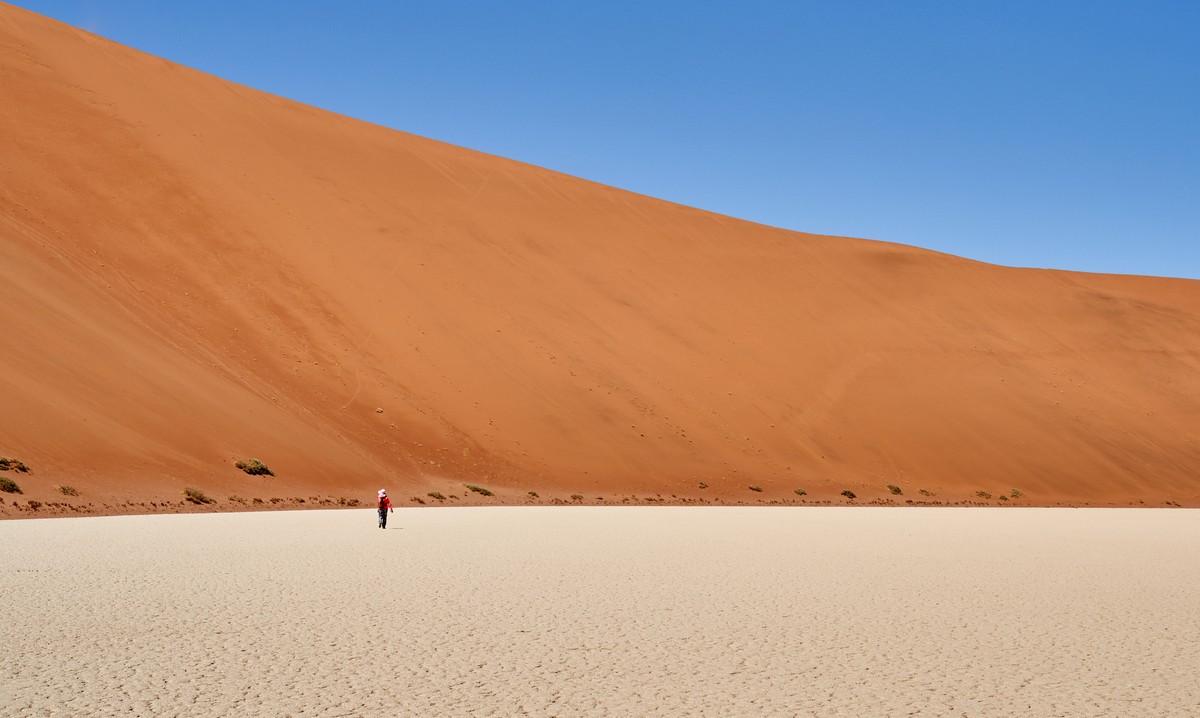




![YOU CAN NEVER GET TOO MANY AWARDS. SEE 1ST COMMENT FOR ENGLISH ⏩
"А из нашего окна страна Австрия видна!" - практически (с). Но в этих австриях я был не смотреть из окна, а по многочисленным деловым делам, первое из которых - лично получить несколько важных наград и множество сертификатов от независимой тестовой лаборатории AV-Comparatives.
Это далеко не первая наша награда. Скажу больше - на протяжении последних десяти лет по результатам независимых тестов к нам даже близко ни один конкурент не подобрался. Но почему тогда такое внимание конкретно к этой победе? Ответ простой: густопопсовый геополитизм. В наше весьма геополитически [очень мягко говоря] непростое время... Ну, если отбросить все казённые слова, то будет, как в известном анекдоте про поручика Ржевского. В той самой истории, когда ему указали повторить свою фразу без матерщины. На что тот ответил: "Ну, в таком случае я просто молчал".
Так вот, в наше "поручико-ржевско-молчаливое время" участвовать и получить первые места в европейских тестах - это за пределами научной и ненаучной фантастики. Что в целом совпадает с одной из основных парадигм моей жизни: "Мы делаем невозможное. Возможное сделают и без нас" (с). Большими трудами и непомерными усилиями - да! Это можно! Мы заделали такие продукты, такие технологии, такую компанию - что даже в непростое время нас и в Европах знают, уважают, любят и пользуются. Ура!](https://scontent-iad3-2.cdninstagram.com/v/t51.29350-15/430076034_1096357205018744_692310533755868388_n.heic?stp=dst-jpg&_nc_cat=103&ccb=1-7&_nc_sid=18de74&_nc_ohc=XLII-tX29aoAX80SM4u&_nc_ht=scontent-iad3-2.cdninstagram.com&edm=ANo9K5cEAAAA&oh=00_AfBINCtkZ3-r_aTvdSC36JELI05V6PuBnMWs672PK3GsBQ&oe=65E63D48)




